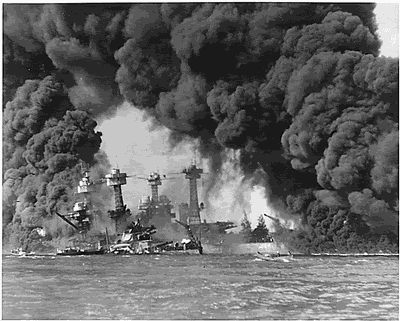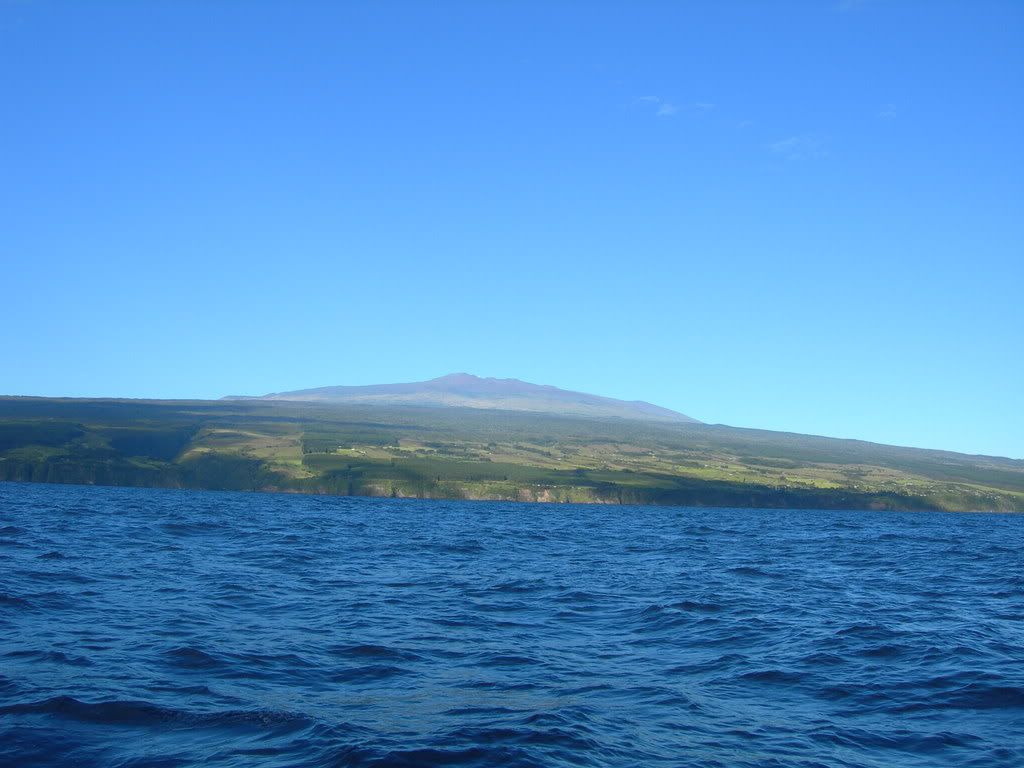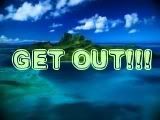its GET OUT PORTION TIME
this will be the second to the last post for our Get Out Portion special
we're done with Canada,New York and Australia
now lets go to
HAWAII

is a state in the United States, located on an archipelago in the central Pacific Ocean southwest of the continental United States, southeast of Japan, and northeast of Australia. The state was admitted to the Union on August 21, 1959, making it the 50th state. Its capital is Honolulu on the island of Oahu. The most recent census puts the state's population at 1,283,388.
An archipelago situated some 3,200 km (1,988 mi) southwest of the North American mainland, Hawaii is the southernmost state of the United States and the second westernmost state after Alaska. Only Hawaii and Alaska are outside the contiguous United States and do not share a border with any other U.S. state.
Hawaii is the only state of the United States that
- is not geographically located in North America
- is completely surrounded by water
- has a royal palace
- does not have a straight line in its state boundary
NOW LETS LIST DOWN THE
TOP FIVE WONDERFUL THINGS TO KNOW MORE ABOUT HAWAII
TOP 5 THING TO KNOW MORE ABOUT HAWAII
"THE HAWAIIAN ALPHABET"


The Hawaiian language was an oral tradition. The Hawaiian alphabet (piapa), was written by 19th century missionaries. The alphabet contains 12 letters: 5 vowels (a, e, i, o, u) and 7 consonants (h, k, l, m, n, p, w). To simplify pronunciation, sound consonants as in English and break up words so they are easy to say e.g., Waianapanapa sounds like Wai-a-napa-napa.
Here's a fun quiz for you guys to know whats your name in Hawaii
here's mine
Your Hawaiian Name is: |
 Konane Kai |
"THE PEARL HARBOR"

Pearl Harbor is a harbor on the island of Oʻahu, Hawaii, west of Honolulu. Much of the harbor and surrounding lands is a United States Navy deep-water naval base. It is also the headquarters of the U.S. Pacific Fleet. The attack on Pearl Harbor by the Empire of Japan on December 7, 1941 brought the United States into World War II.
Pearl Harbor was originally an extensive, shallow embayment called Wai Momi (meaning "harbor of pearl") or Pu'uloa by the Hawaiians. Pu'uloa was regarded as the home of the shark goddess Ka'ahupahau and her brother (or son) Kahi'uka. In Hawaiian legends, Keaunui, the head of the powerful and celebrated Ewa chiefs, is attributed the honour of having cut a navigable channel near the present Puuloa saltworks, by which the great estuary, now known as "Pearl River," was in all subsequent ages rendered accessible to navigation. Making due allowance for legendary amplification of a known fact, the estuary doubtless had an outlet for its waters where the present gap is; but the legend is probably correct in giving Keaunui the credit of having widened it and deepened it, so as to admit the passage of canoes, and even larger vessels, in and out of the Pearl River estuary. The harbor was teeming with pearl-producing oysters until the late 1800s.
On the morning of December 7, 1941, aircraft and midget submarines of the Imperial Japanese Navy began a surprise attack on the U.S. under the command of Admiral Isoroku Yamamoto. Despite long-standing assertions that this attack could have been predicted and prevented by the United States Military, the U.S. forces at Pearl Harbor appeared to be utterly unprepared, and the attack effectively drew the United States into World War II. At 6:09 a.m. on December 7, the six Japanese carriers launched a first wave of 183 planes composed mainly of dive bombers, horizontal bombers and fighters. The Japanese hit American ships and military installations at 7:55 a.m. The first wave attacked military airfields of Ford Island. At 8:30 a.m. a second wave of 180 Japanese planes, mostly torpedo bombers, attacked the fleet anchored in Pearl Harbor. The battleship Arizona was hit with an armor piercing bomb which penetrated the forward ammunition compartment, blowing the ship apart and sinking it within seconds. Overall, nine ships of the U.S. fleet were sunk and twenty-one ships were severely damaged. Three of the twenty-one would be irreparable. The overall death toll reached 2,350, including 68 civilians, and 1,178 injured. Of the military personnel lost at Pearl Harbor, 1,177 were from the Arizona.

National Historic Landmark district. Within its bounds, it contains several other Landmarks, also associated with the The Navy base itself was recognized on January 29, 1964 as a attack on Pearl Harbor including the USS Arizona, USS Bowfin, and USS Utah. As an active Navy base, many of the historic buildings that contributed to the NHL designation are under threat of demolition and rebuilding.
TOP 3 THING TO KNOW MORE ABOUT HAWAII
"THE HULA DANCE"

Hula is a dance form accompanied by chant or song. It was developed in the Hawaiian Islands by the Polynesians who originally settled there. The chant or song is called a mele. The hula dramatizes or comments on the mele.
There are many styles of hula. They are commonly divided into two broad categories: Ancient hula, as performed before Western encounters with Hawaiʻi, is called kahiko. It is accompanied by chant and traditional instruments. Hula as it evolved under Western influence, in the 19th and 20th centuries, is called ʻauana. It is accompanied by song and Western-influenced musical instruments such as the guitar, the ʻukulele, and the double bass.

Traditional female dancers wore the everyday pāʻū, or wrapped skirt, but were topless. Today this form of dress has been altered. As a sign of lavish display, the pāʻū might be much longer than the usual length of tapa, or barkcloth, which was just long enough to go around the waist. Visitors report seeing dancers swathed in many yards of tapa, enough to increase their circumference substantially. Dancers might also wear decorations such as necklaces, bracelets, and anklets, as well as many lei (in the form of headpieces, necklaces, bracelets, and anklets).
Hula performed for spontaneous daily amusement or family feasts were attended with no particular ceremony. However, hula performed as entertainment for chiefs were anxious affairs. High chiefs typically traveled from one place to another within their domains. Each locality had to house, feed, and amuse the chief and his or her entourage. Hula performances were a form of fealty, and often of flattery to the chief. There were hula celebrating his lineage, his name, and even his genitals (hula maʻi). Sacred hula, celebrating Hawaiian gods, were also danced. All these performances must be completed without error (which would be both unlucky and disrespectful).
TOP 2 THING TO KNOW MORE ABOUT HAWAII
"MAUNA KEA"

Mauna Kea is a dormant volcano in the Hawaiian Islands, one of five volcanoes which together form the island of Hawaii.
In the Hawaiian language, mauna kea means "white mountain", a reference to its summit being regularly snow-capped during the Northern Hemisphere winter.
The summit of Mauna Kea was entirely covered by a massive ice cap during the Pleistocene ice ages. The summit shows evidence of four periods of glaciation over the last 200,000 years, the last ending about 11,000 years ago, when the most recent ice age finished. The dense rock at the noted adz quarry near the summit is believed to have been formed when lava erupted under a glacier.

The summit of Mauna Kea has been a celestial observatory since ancient times, and is considered to be one of the best astronomical sites in the world. For this reason it is home to many of the world's leading astronomical observatories.
Hawaii's tallest mountain, Mauna Kea stands at 13,796 ft (4,205 m) but is taller than Mount Everest if followed to the base of the mountain—from the floor of the Pacific Ocean, rising 33,476 feet (10,203 m)
THE MOST WONDERFUL THING TO KNOW MORE ABOUT HAWAII
"THE KILAUEA"

Kīlauea is an active volcano in the Hawaiian Islands, one of five shield volcanoes that together form the Island of Hawaiʻi. In Hawaiian, the word kīlauea means "spewing" or "much spreading", in reference to the mountain's frequent outpouring of lava. Issuing lava continuously since January 1983, Kīlauea is currently the most active volcano on the planet,

an invaluable resource for volcanologists, and also the planet's most visited active volcano. Kīlauea is the most recent of a series of volcanoes that have created the Hawaiʻian Archipelago, as the Pacific Plate has moved and is moving over the Hawaiʻi hotspot
Kīlauea is considered to be the present home of Pele, the volcano goddess of ancient Hawaiʻian legend. Several special lava formations are named after her, including Pele's Tears (small droplets of lava that cool in the air and retain their teardrop shapes) and Pele's Hair (thin, brittle strands of volcanic glass that often form during the explosions that accompany a lava flow as it enters the ocean).
In Hawaiian mythology, Kīlauea is where most of the conflict between Pele and the rain god Kamapuaʻa took place. Halemaʻumaʻu, "House of the ʻamaʻumaʻu fern", derives its name from the final struggle between the two gods: since it was the favorite residence of Pele, Kamapuaʻa, hard-pressed by Pele's ability to make lava spout from the ground at will, covered it with the fronds of the fern. Choking from the smoke which could not escape anymore, Pele emerged. Realizing that each could threaten the other with destruction, the gods had to call their fight a draw and divided the island between them: Kamapuaʻa got the windward northeastern side, and Pele got the drier Kona ("leeward") side. The rusty singed appearance of the young fronds of the ʻamaʻumaʻu was said to be a product of the legendary struggle.
THATS ALL FOR NOW MY FELLOW READERS
I HOPE YOU ENJOY OUR TOUR IN HAWAII
a hui ho'u!!!
(UNTIL WE MEET AGAIN;GOODBYE)
FIRST COMMENTER:
COLIN OF El Sitio De Blog Del Colin
THANKS!!







